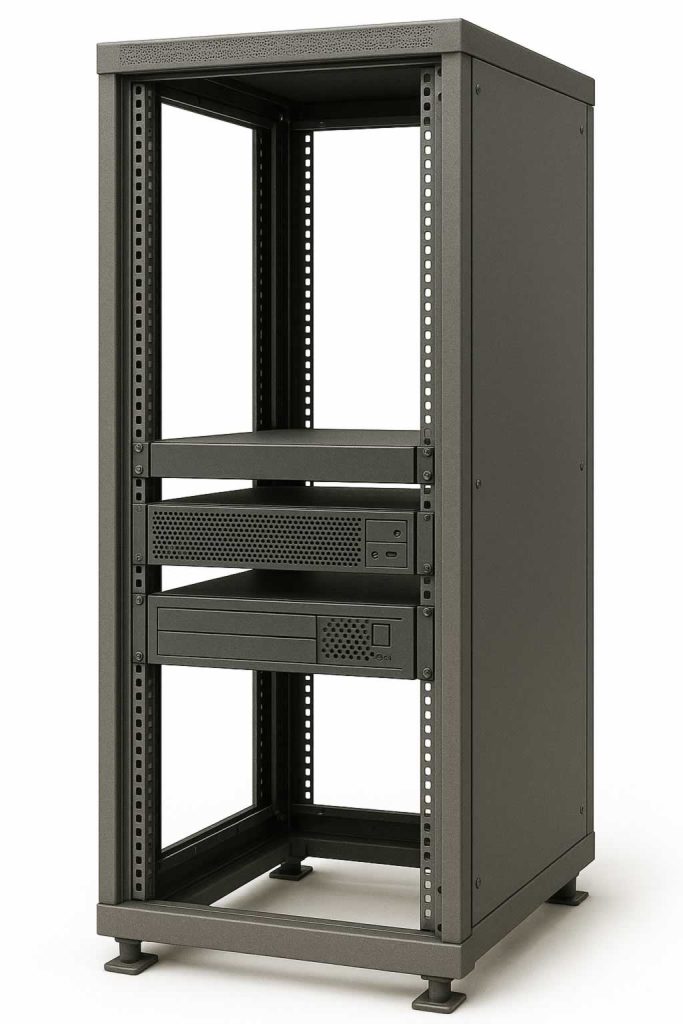

Adding a chatbot to your website is a straightforward process, especially with the variety of platforms and tools available today. At AEHEA, we guide businesses through this integration step-by-step, ensuring the chatbot not only works technically but also fits seamlessly into the design and purpose of the site. The goal is to make the chatbot helpful, responsive, and aligned with your brand’s voice and objectives.
First, you need to choose a chatbot platform. For fast and simple deployments, tools like Tidio, Crisp, Drift, or ManyChat offer ready-to-use website widgets. If you need more control or AI capabilities, you might opt for a custom-built chatbot powered by OpenAI, Dialogflow, or Rasa. Once the chatbot is configured with conversation flows, AI models, or API integrations the platform will provide you with a small JavaScript snippet or HTML embed code.
Next, you insert this code into your website’s source files. If you’re using WordPress, you can usually paste the code into a widget, the footer area, or a plugin that handles custom scripts. For static sites or those built with platforms like Webflow, Wix, or Shopify, each will have a way to add custom code either in the header or through an embed block. This script will load the chatbot interface on your site, usually as a floating button or chat window in the corner.
Once deployed, test the chatbot across devices and browsers to ensure it performs smoothly. It should load quickly, respond accurately, and guide users toward helpful actions. At AEHEA, we often connect these bots to automation platforms like n8n so they can do more than just talk they can create leads, send alerts, retrieve database records, or follow up via email. A well-integrated chatbot should feel like a smart assistant, not a pop-up.
In the end, adding a chatbot is about more than code. It’s about creating a communication channel that delivers value and makes your site feel alive. Whether you use a third-party tool or build your own, the key is to design conversations that help users accomplish something and make it easier for your business to serve them in real time.
